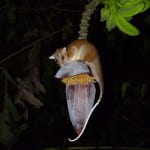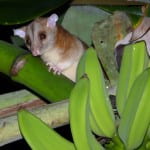Hello everyone!
I apologize for slacking a bit when it comes to this blog but it seems like a lot of the highlights have been summarized well by everyone else. The reefs of Bocas and the forests of Fortuna held amazing amounts of biodiversity, but some of the various engineering projects we have seen have been just as fascinating.
Fortuna is home of the Fortuna Dam, a 600 m long concrete structure that has truncated a river and created a huge reservoir. At a typical dam, the hydroelectric facilities are inside the dam itself, but the Fortuna Dam is quite unique in that the reservoir water is channeled 6km in an underground pipeline to an underground hydroelectric facility before being channeled an additional 8km to a discharge location. The benefit of a setup like this is that the head (difference in elevation between reservoir and turbine level) can be increased to increase water speed and thus increase power. In the case of the Fortuna Dam, the head is 800m; so a lot of power can be generated using a minimal amount of water. The maxiumum power output of the 3 generators combined is 321 MW which doesn’t seem like much (the main coal plant in Green Bay produces 350 MW), but provides over 1/3 of Panama with electricity!
We got to view the dam, tour the museum, take a (rainy) boat ride on the reservoir, visit the control center, and go 500m underground into the hydroelectricity facility itself (we got to wear stylish hard hats too!). In case it isn’t already apparent, I found the Fortuna Dam really interesting!
– Kassie










